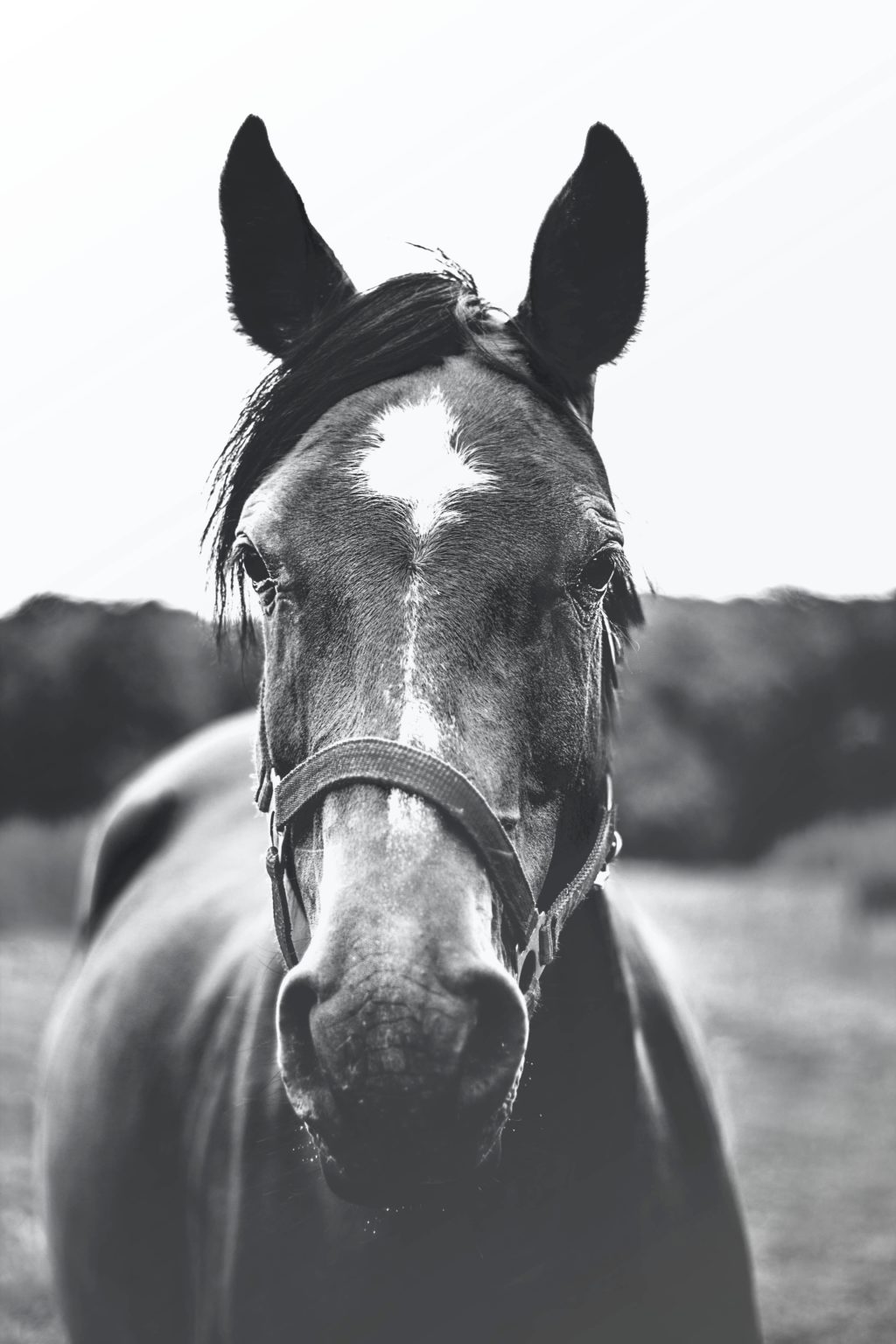In an article about determining how to decide when you should convert an image from color to black and white, one user left a comment proclaiming, “Photos should always be b&w.” I chuckled to myself, but my initial amusement was accompanied by the realization that a lot of people agree with this sentiment. Even those who aren’t photographers themselves, those who simply enjoy looking at or studying photography, seem to be particularly captivated by the power of a good black and white photo.

While the aforementioned article is concerned primarily with the decision making process behind taking an image from color to monochrome in post-processing, it would seem to me that the logical progression would be to arrive at a point where, as a photographer, you don’t rely solely on photo editing software to do the work. Your eye and your camera should be at the forefront of creating black and white images; the process should be both intentional and organic. Below are a few ideas that should help as you further explore going down the path of black and white photography.
Learn to See in Black and White
All it takes is using your imagination, which is something most photographers shouldn’t have too much trouble with. Wherever you are, indoors or out; at home, at work, or on vacation — look at everything around you and imagine what it all would look like without color. Indeed, this is awfully counterintuitive; our surroundings are generally abuzz with color and, absent any kind of visual affliction, we naturally see in full color. You can’t just turn that off. Perhaps a better way to tackle this is to think about it as seeing beyond color. Any subject can be visualized in a monochrome state, but different subjects will possess certain characteristics that lend themselves more effectively to black and white photography.
Choose the Right Subjects
This applies broadly for beginners and less so for more experienced photographers. The fact is, any subject is potentially a good subject for black and white photography: landscapes, portraits, architecture, even wildlife. If these subjects are what you normally shoot for color photography, keep shooting them. In time you will discover that some things don’t look great in black and white; this typically has less to do with subject matter in general and is more often a function of subject detail, as you will see below.

Look for Texture and Shape
Since you obviously won’t be using color to draw the viewer’s eye in (no striking red dress, no brilliant yellow taxi), you will need to engage other features to give your black and white images the emphasis they need to captivate the viewer. For example, one of the reasons that architecture and black and white photography work so well together is due to the graphical nature often associated with buildings and similar structures. A lack of color allows the viewer to focus more intently on the design of a building — the shape, the angles, the texture of the materials. Look for subjects that prominently feature textures or shapes and be sure to support those elements with strong composition.

Use Light to Your Creative Advantage
You have surely been warned about the perils of poor lighting. But what constitutes poor lighting for color photography may very well be exactly what a black and white photographer wants. Harsh lighting, for example, can create very strong shadows which you may not want for color work, but might provide the perfect dramatic flair for a black and white image. Seek out extremes of darkness and brightness, shadow and light; strong contrast will give your black and white shots all the pop they need.

These ideas are a generalized approach meant to give you practice in seeing and black and white. Once you’ve become accustomed to what elements you should be looking for, the images you create in-camera will be that much easier to edit once you get them into your post-processing software where you can experiment to get precisely the look that matches your vision.





2 Comments
Love your articles on B&W Jason. Just wanted to add that sometimes to begin in B&W it is a good idea to set the camera to monochrome shooting. The resulting raw photo will still be in color in need for conversion but it is a very effective way to sharpen the eye and see in masses of tones instead of colors.
Keep the articles coming.
You’re absolutely right, Irene! My camera is often set to B&W so that I see the LCD that way. Thanks for mentioning this.